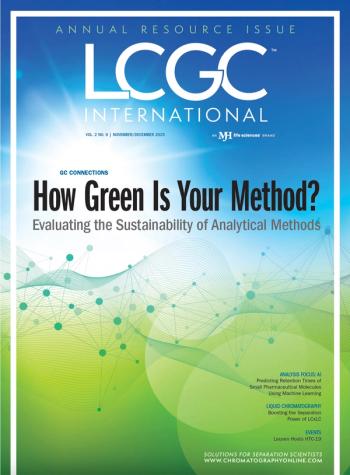
- December 2021
- Volume 17
- Issue 12
ZooMS Identification of Australian Fauna
Researchers used ZooMS methodology to analyze a selection of 2922 bone fragments identifying novel peptide markers for 24 extant marsupial and monotreme species.
Australia is home to an extremely rich and unique animal life, with more than 85% of its terrestrial mammal species being found nowhere else. Famous members of Australia’s wildlife, such as kangaroos, wallabies, koalas, and wombats, play key roles in the ecosystems they inhabit, and were important both culturally and for survival to aboriginal communities, as their bones were used as raw materials for the creation of tools and other artefacts. Researching these animals and the artefacts derived from them can give valuable information on early human activity on the Australian continent, as well as insights into biodiversity shifts and the reasons for them.
Animal remains are frequently uncovered in Australia, dating from the late Pleistocene to the historical period. However, the continent’s harsh environmental conditions, along with other factors such as scavenging by marsupial carnivores, frequently results in many highly fragmented, morphologically unidentifiable bone fragments. This, combined with the scarceness of reference materials and osteological similarities between species, complicates the study of animal remains from Australian sites.
Zooarchaeology by mass spectrometry (ZooMS) offers a means to improve taxonomic identifications of fragmented bone material at sites around the world, and presents an exciting opportunity to address these challenges in Australian contexts. ZooMS is a high-throughput, proteomics-based approach that uses differences in the collagen type I (COL1) protein sequence to identify remains. COL1 is the most abundant protein in bone, skin, antler, and dentine. Researchers used matrix-assisted laser desorption–ionization tandem time-of-flight mass spectrometry (MALDI-TOF-MS) and liquid chromatography–tandem mass spectrometry (LC–MS/MS) to analyze a selection of modern reference samples taken from known collections and archaeological specimens consisting of 2922 bone fragments (1).
Researchers identified novel peptide markers for 24 extant marsupial and monotreme species, which allowed for genus‑level distinctions between these species utilizing the ZooMS methodology. The utility of these new peptide markers was demonstrated by using them to taxonomically identify bone fragments from a nineteenth century colonial-era pearlshell fishery at Bandicoot Bay, Barrow Island, in Western Australia. Researchers believe the suite of peptide biomarkers presented in the study, which focus on a range of ecologically and culturally important species, have the potential to significantly amplify the zooarchaeological and paleontological record of Australia.
Reference
- C. Peters et al., R. Soc. Open Sci. 8, 211229 (2021).
Articles in this issue
about 4 years ago
Instrumental Innovations 2021about 4 years ago
Expanding Capacity in Gas Chromatography Columnsabout 4 years ago
IMSC2022 Event Previewabout 4 years ago
Chromatography—It’s Just About Following the Recipe, Right?about 4 years ago
Don’t Fear the Automation!about 4 years ago
Thermo Announces PharmaFluidics Acquisitionabout 4 years ago
Sartorius Receives Bioprocessing Awardabout 4 years ago
Mülheim Water Award 2022 Open For Submissionsabout 4 years ago
Agilent Announces Green Lab SponsorshipNewsletter
Join the global community of analytical scientists who trust LCGC for insights on the latest techniques, trends, and expert solutions in chromatography.



